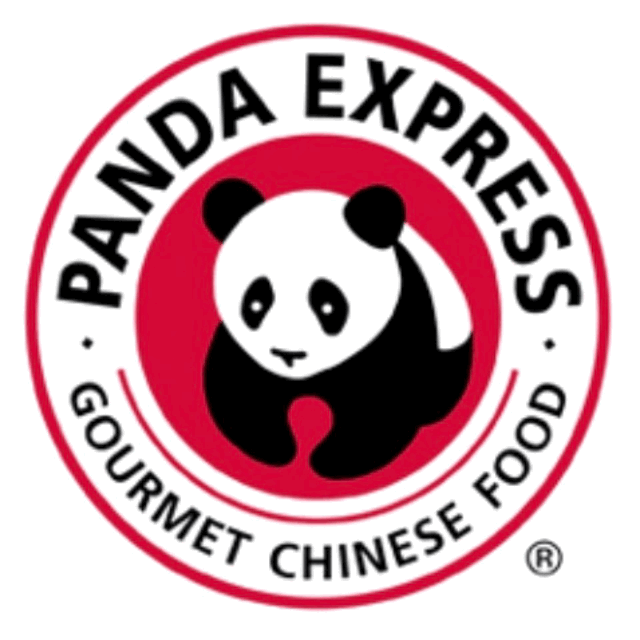un
panda
expressed

America has two Popular Pandas: the panda in the Smithsonian Zoo, and the Panda Express on the Plate...

panda unexpressed

In 1972, when President Nixon and the first lady Patricia Nixion mentioned their fondness for pandas to Chinese premier Zhou Enlai, two pandas were gifted to the Smithsonian zoo in the same year. Since then, America’s obsession with the panda has never waned. After about ten years since the first pandas’ arrival, in 1983, Chinese-born American entrepreneur Andrew Cherng opened the first Panda Exspress in California. Today, Panda Express has become a symbol of Chinese American fast-food even beyond the US border.
The Panda: fluffy, cuddly, precious, and ultimately lazy, yet enhances a ubiquitous and convenient fast-food chain restaurant’s image. A panda bears (pun intended!) a whole set of desirable values—adorable, innocent-looking, gentle, and non-threatening. Panda Express’s logo conveys such values. The panda, enclosed by a red circle, is portrayed with a prominent head, adorning wide eyes, a tiny heart-shaped nose, and a dull facial expression without a mouth. The panda’s smooth curvy silhouettes soften the sharpness of the black, white, and red color contrast. Such rendering, along with the disproportionate body, signifies a baby panda's characteristics. Hence it unleashes our nature to nurture, to caress a chubby, pitiful, and fragile creature. This logo, literally and metaphorically connotes the fast-food restaurant as a cute Chinese restaurant. How can you resist a baby panda face at the door not knowing what's behind the door, in this case, an ethnic food coming from an unfamiliar faraway land?
In 2015, Panda Express redesigned its logo, though many may not have even noticed the subtle yet strategic adjustment. The outlines shaping the panda become even rounder and softer, especially the ears and the legs. Simultaneously, the font of the restaurant’s name has become more squarely looking and is less bold. Moreover, the text on the bottom changes from “Gourmet Chinese Food” to “Chinese Kitchen,” thus weaving a more tangible, comforting, and welcoming narrative. Together, these small changes neutralize possible signs of threats and intimidation—no wonder why Panda Express's cuteness may even surpass a real panda.

Image Courtesy of Panda Express

The first Panda Express at the Glendale Galleria in Glendale, California
Image Courtesy of Panda Express
No matter how cute Panda Express’s baby panda may seem, it is a manipulated version of a real panda. Panda Express’s self-claimed identity as “Chinese Kitchen” is a simplified, sanitized variant digestible by the American eater and lovable according to the American taste. The chain restaurant’s twelve entrees consist of common ingredients in the US, such as chicken, beef, shrimp, string beans, broccoli, and zucchini. This restrained, careful selection of ingredients safely appeals to the American majority. The dishes look clean and neat—the vegetables seem fresh and the shapes discernable, the meats are “color-coded” in which the chicken all have the same shining, orangey coating, and the beef are glazed in a generic dark brown sauce.
So nicely and orderly stacked in the white bowls against the white backdrop, the digitally manipulated presentation of the dishes is evocative of a manufacturing assembly line rather than a kitchen scene with human presence, especially a lively yet chaotic Chinese kitchen with many culinary unknowns to an American audience (ingredients, flavors, smells, techniques, etc.). Every step and every dish now is measured, manufactured, assembled, and presented in the same, moldable manner; the unapproved, unpredictable, and elusive aspects of Chinese culinary have been discarded, but the cuteness exemplified by the baby panda can stay.

Image: Panda Express
